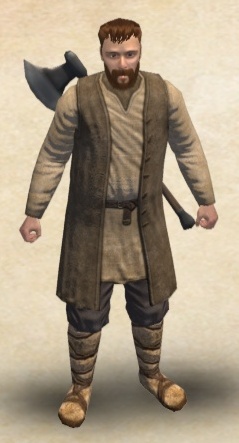


It is not clear whether these were types of housecarl or different altogether. The Anglo-Saxon Chronicle uses hiredmenn as a term for all paid warriors and thus is applied to housecarl, but it also refers to butsecarls and lithsmen. Karl is cognate to the Old English churl, or ceorl, meaning a man, or a non-servile peasant. Housecarl is a calque of the original Old Norse term, húskarl, which literally means "house man". In England, the royal housecarls had a number of roles, both military and administrative, and they fought under Harold Godwinson at the Battle of Hastings. They were well-trained, and paid as full-time soldiers. The institution originated amongst the Norsemen of Scandinavia, and was brought to Anglo-Saxon England by the Danish conquest in the 11th century. Ī housecarl ( Old Norse: húskarl Old English: huscarl) was a non- servile manservant or household bodyguard in medieval Northern Europe. The Bayeux tapestry depicts an English housecarl (left), wielding a Dane axe with two hands.


 0 kommentar(er)
0 kommentar(er)
